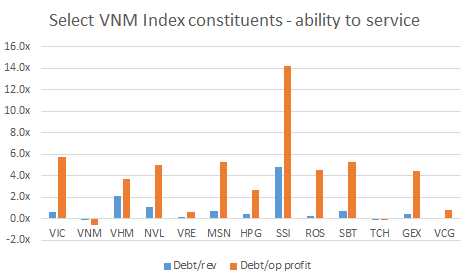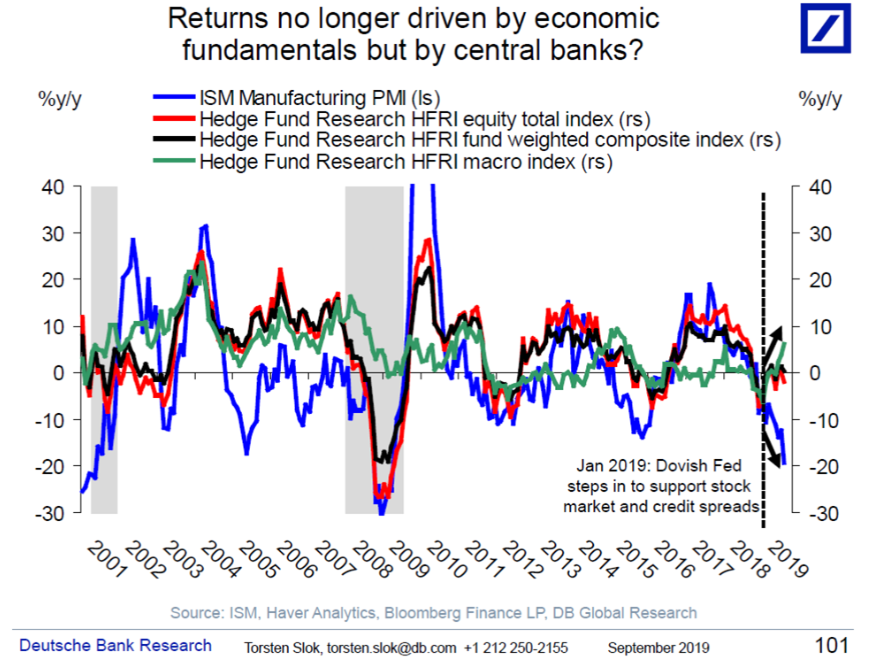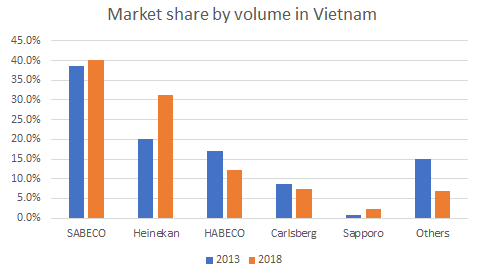Sad deaths in Britain
/Source: World Bank, data as of Oct. 2019
I have been following this story about the tragic death of 39 people found in a truck in the UK and suspected to be Vietnamese. Four people and the truck driver have been arrested. A few facts and thoughts:
Many more people are being smuggled from Vietnam to Europe than to the US : 18,000 vs 1,000 a year, according to this study. This is a bit surprising given how many people of Vietnamese descent are in the US, but maybe they are smuggled into Europe because there is no other way to get there.
Most come from the poor central provinces. In this specific case, it appears to be Nghe An and Ha Tinh, in central Vietnam. “In the first eight months of this year, 41,790 people left Ha Tinh looking for work elsewhere, including overseas, according to state media.”
One of the reasons they are leaving the province is because of pollution, specifically a toxic spill by Formosa Plastic’s steel mill in 2016, which killed sea life and tourism and hurt livelihoods. The company did pay $500m in fines, and this money trickled down to normal Vietnamese to the tune of around $2,500. That’s about a year’s salary. However, without jobs, many people left and continue to leave the province.
But the upfront costs are high. It costs between $10,000-15,000 for a difficult journey to the UK, and $40,000-50,000 to travel mostly by plane. Either way, at the last moment, they have to get into a ship or a truck/lorry. This is an amazing amount of money for the Vietnamese: as much as 30 years of salary. But people are willing to pay it, because they can make that and more money in the West.
In the UK, most of the women work for extremely low wages in nail salons. Of course this is not an issue just in the UK. The New York Times did a big expose about nail salons and the many nationalities of women that work (or are exploited) in New York.
Men and boys are often “employed” on cannabis farms (which can be just regular suburban homes) for very little money and no freedom.
While some of these trafficked people should be consider enslaved, a number do not think of themselves that way. According to the official UN definition, they should be considered smuggled rather than trafficked. They knew the dangers of going to the UK, but they took on these risks with the hope that it would be worth it.
Here is a somewhat anti-capitalist critique of “raid and rescue operations.” The idea is that “rescuing” many of the smuggled Vietnamese actually makes their lives more precarious, because they may still have debt and/or they need to stay in the UK to make money.
Moreover, while (most) everyone hates the idea of people being exploited, both the Vietnamese government and British consumers and corporations benefit. Remittances are forecast to make up 6.4% of Vietnam’s GDP in 2019, adding almost $17bn in hard currency. (See chart form the World Bank above). That also helps provide for low-income people in Vietnam. In SE Asia, only the Philippines make more from remittances.
To give a sense of the scale, there were 2.6m Vietnamese who emigrated in 2013, compared to 6.0m from the Philippines. Cambodia was just behind at 2.5m, and probably many of these came to Vietnam.
And of course British business benefits from low wages, which trickle down in the form of very cheap manicures and pedicures (or pot) among other things. And, while it is contested, it may also hurt wages in certain areas, resulting in a blowback from citizens.
Illegal immigration is a difficult problem with no easy solution. And just letting it happen without really dealing with it is probably not acceptable. I am generally in favor of more open borders, but we have seen the response to the Syrian refugee flood in Europe and illegal immigration in the US. My view is that these two trends pushed people towards more populism/nationalism and paved the way for both Brexit and the election of Donald Trump, not to count the rise of right and far-right parties in Europe. This is not just a EU/US problem. In fact, almost every country has this problem. Look at South Africa.
I read an amazing book by Patrick Radden Keefe called Snakehead, which was about a middle-aged grandmother who smuggled people, mostly from China, to the US. People really liked using Sister Ping, because she would treat the smuggled well and also had a money-back guarantee. She was so successful, because she was trusted so much more. While it deals mostly with Chinese workers, the stories appear to be very similar.
Hat tip to Joe Buckley and his Vietnamese Labor newsletter who linked to a few of these stories.





































